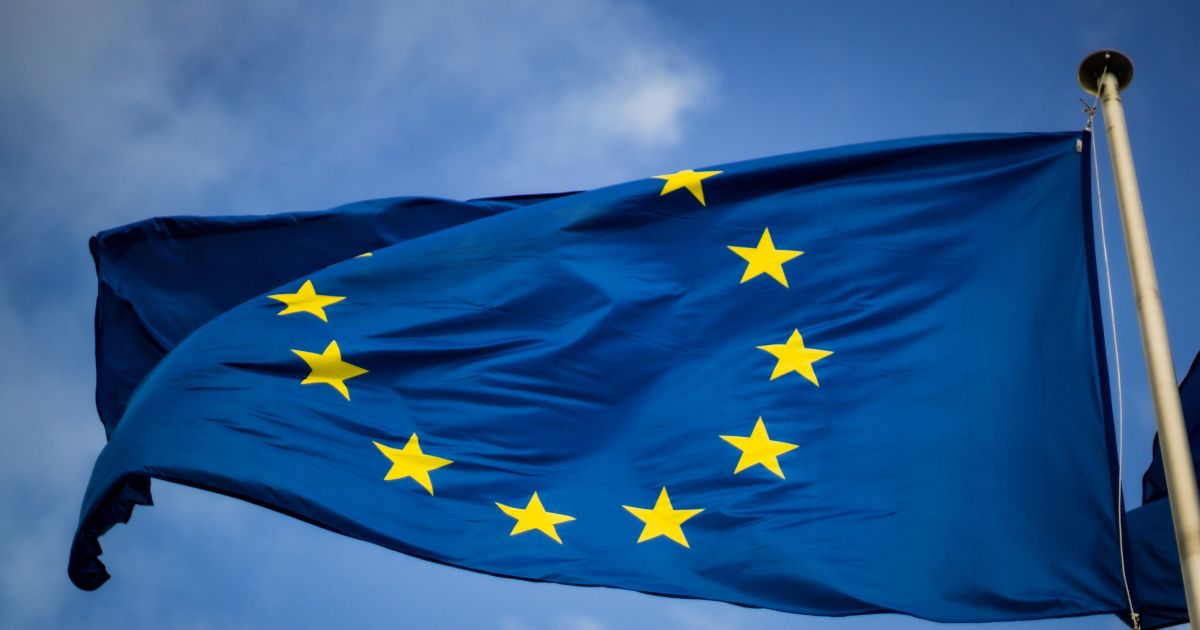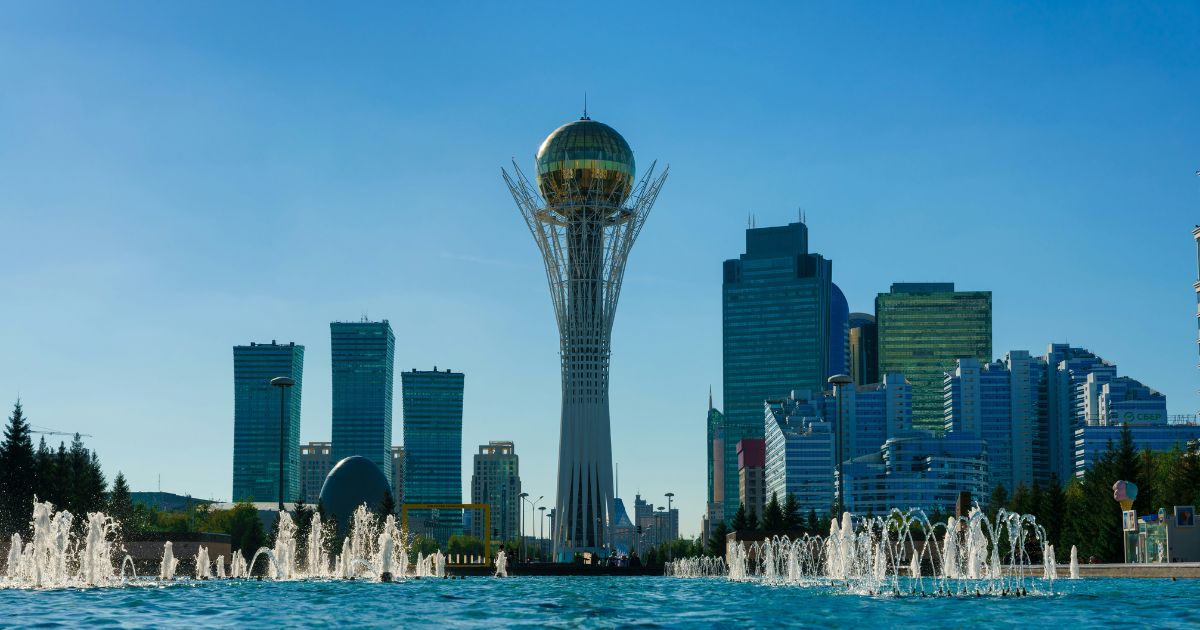The EU acted on 7th October to double tariffs on foreign steel – following the book of US President Donald Trump – to protect the bloc’s ailing sector from a deluge of cheap Chinese imports.
Pressed to move quickly to save European steel from collapse, the EU executive put forward raising duties on imported steel to 50 percent and reducing the quantity permitted before tariffs kick in by 47 percent.
A total of 18,000 direct jobs were shed last year alone in the steel sector – that is too many and it had to stop, said EU commissioner Stéphane Séjourné when he announced the proposals with trade commissioner Maros Sefcovic.
The EU action is similar to that adopted by Trump, who placed a 50 percent tariff to shut the door on cheap Chinese steel, more than half of the world’s production. Canada has done the same.
Sefcovic described the EU as taking “necessary, effective yet balanced” measures to defend jobs and the economy – as industry association Eurofer welcomed “a real lifeline” for the industry.
British steelmakers, nevertheless, sounded alarm over the effect of the step as 80 percent of their exports find their way to Europe – and Industry Minister Chris McDonald said he would request “urgent clarification” from Brussels.
Sefcovic said in a news conference at the European Parliament in Strasbourg, France, the EU was not shutting its market to imports from partners, with the commission to “engage bilaterally with our UK partners.”.
Under the plan, import quotas will be lowered to 18.3 million tons annually, Brussels added, which is the combined amount of steel that was imported by the EU in 2013.
That was the chosen year because the EU believes the market got tipped from that time onwards due to overproduction – largely because China hugely subsidizes domestic steel producers.
“The worldwide overcapacity crisis is at critical levels,” Sefcovic said, and steel capacity would be five times the annual EU demand by 2027.
Exporters of processed steel also need to show proof of the country in which the metal was melted and poured to prevent circumvention of levies under the new rules.
Major leap forward
Subject to approval by the parliament and member states of the EU, the plan would replace the existing safeguard scheme, which has 25 percent duties over established import quotas but expires next year.
“We must act today – I call on the (states) and parliament to proceed expeditiously,” EU leader Ursula von der Leyen said in a statement.
Eurofer also called for “fast-track adoption”, describing the proposal as “a significant step forward to rescue EU steel and hundreds of thousands of jobs”.
Following the US-EU tariff agreement reached in July, Sefcovic explained the same issue hit the European and US steel and aluminium industries.
The EU’s trade chief is now seeking to join forces with Washington to address Chinese overcapacity and has been discussing the issue with his US counterparts to finalize steel import quotas.
“We will, of course, notify our American partners of these measures. And I hope that this would enable us to initiate the discussion on ringfencing,” Sefcovic stated.
The EU is looking for a wider “metals alliance” with the United States to fence their own economies off from Chinese overcapacity.
As the EU continues to pursue a decarbonising industry, steel is essential for renewable energy equipment, from solar panels and wind turbines to electric vehicles.
Millions of jobs in jeopardy
There are approximately 300,000 jobs in Europe’s steel industry, and close to 100,000 jobs have been lost over the last 15 years. Direct steel jobs are endangered under the current crisis along with 2.3 million indirect jobs, says Eurofer.
The statistics provide a dismal picture of a dwarfed European industry at the mercy of the world’s giants.
China last year made over one billion tonnes of steel, well ahead of India, which accounted for 149 million tonnes.
The United States ranked fourth, making an estimated 79 million tonnes, as per World Steel data.
Germany, on the other hand, made about 37 million tonnes whereas French output was less than 11 million tonnes.
The commission explained the EU steel industry was the sole large region to have lost about 65 million tons of capacity since 2007.




